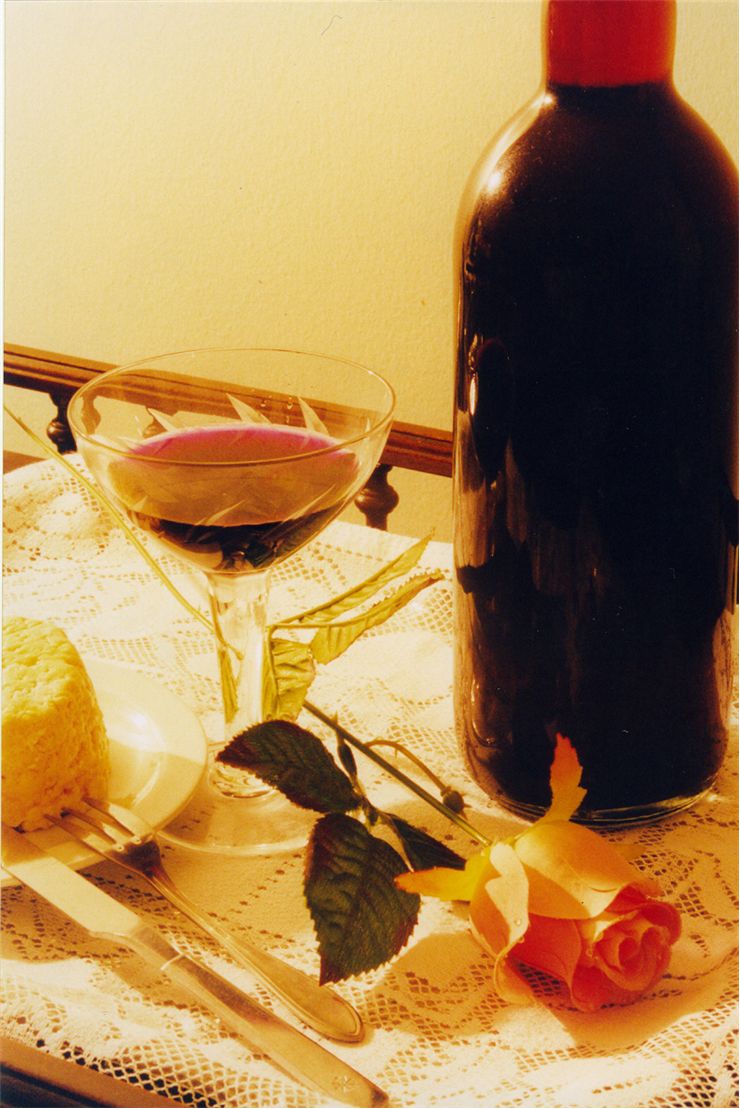Cheese Etiquette - How to Eat Cheese
Cheese has been with us for thousands of years, even before recorded history when first cows, sheep and goats were domesticated. Because of that and ever changing tastes, fashion changes and integration of cheese into cultural and religious ceremonies, many countries around the world today have specific rules how to eat cheese in both formal and informal occasions. These suggestions are also important for people who want to learn how to best serve cheese to their guest.
- If you are serving or eating more than one cheese, knife that you are using can transfer their flavors from one cheese to another, especially if one of the cheeses is softer and moist. Use separate knives if you can.
- Always try to cut cheese into similar sized pieces that follow tradition (look at our article about Cheese Cutting). Nobody likes to see irregular sized pieces.
- Center of the cheese is the most ripe and most aromatic piece of the cheese. Try to include center when you are cutting cheese cake into wedges, and don’t “mine out” center of the cheese for yourself.
- It is highly recommended to eat cheese with provided utensils. The only exceptions are harder cheeses that don’t live any residue on our fingers.
- Rind of the harder cheeses is not recommended to be eaten. Rind is often strong, dry, brittle and don’t has good taste like the rest of the cheese. Softer cheeses however mostly have soft (sometimes imperceptible) rinds that can be eaten without noticing any flavor differences.
- When eating fondue made of cheese, it is customary to stir it in figure eight, never double dip and make sure that dipping fork does not touch your mouth.
- Managing soft cheese often requires use not only of fork, but also knife. If you need to spread cheese on a cracker, always use knife and don’t scoop too much cheese with each cracker.
- During formal meals cheese needs always to be eaten using utensils, unless the cheese is obviously offered as an appetizer. Then you can use either toothpicks or your hands.
- Formal diners often include individual trays for cheese, which is passed on from user to user and eaten only via utensils.
- There are many utensils made specifically for preparing, cutting, arranging and eating cheese. Most famous are narrow blade knife, parmesan knife, wide blade knife (perfect for soft cheeses), prong knife, chinsel knife, cheese wire, plane, cheese grater, griole (for making wedges of round cheese cake), brie knife, stilton spoon, gogonzola knife, two handed knife and others. These utensils can be purchased individually or in elaborate sets.
- Golden rule of cheese etiquette. If you are in doubt, do what people around you do.
- Many countries prefer eating cheese with bread, while some prefer crackers.
